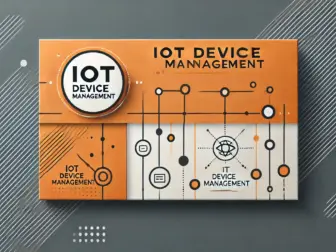Tag - IoT Device Management
IoT Device Management: Maximizing Efficiency and Security in the Connected World
In the rapidly evolving landscape of IoT (Internet of Things), managing devices effectively has become crucial for organizations looking to maximize efficiency and security in the connected world. IoT Device Management refers to the process of controlling, monitoring, and maintaining the network of IoT devices within an organization. This includes tasks such as provisioning devices, updating software, monitoring performance, and ensuring security protocols are in place.
One of the key challenges in IoT Device Management is the sheer volume of devices that need to be managed. With estimates of over 50 billion IoT devices connected worldwide by 2020, organizations are faced with the daunting task of handling a vast array of devices across different networks and protocols. This complexity can lead to inefficiencies, security vulnerabilities, and increased operational costs if not managed properly.
To address these challenges, organizations are turning to IoT Device Management platforms that offer centralized management capabilities for all connected devices. These platforms provide a single interface for monitoring and controlling devices, enabling organizations to streamline operations, improve productivity, and enhance security. By utilizing IoT Device Management platforms, organizations can automate routine tasks, such as device provisioning and software updates, reducing the burden on IT teams and ensuring consistent performance across all devices.
Security is a top priority in IoT Device Management, as the interconnected nature of IoT devices can create vulnerabilities that hackers can exploit. By implementing security measures such as authentication, encryption, and access control, organizations can mitigate the risk of data breaches and unauthorized access to devices. IoT Device Management platforms often include built-in security features to protect against cyber threats and ensure compliance with industry regulations.
Another key aspect of IoT Device Management is device lifecycle management, which involves tracking devices from deployment to retirement. By monitoring device performance, usage patterns, and maintenance schedules, organizations can optimize device usage, identify potential issues before they escalate, and plan for device upgrades or replacements proactively. This proactive approach can help organizations avoid downtime, reduce costs, and extend the lifespan of their IoT devices.
As the IoT ecosystem continues to expand, the importance of effective IoT Device Management will only grow. By implementing robust management practices and leveraging IoT Device Management platforms, organizations can unlock the full potential of their IoT investments, drive innovation, and stay ahead of the competition in the connected world.
